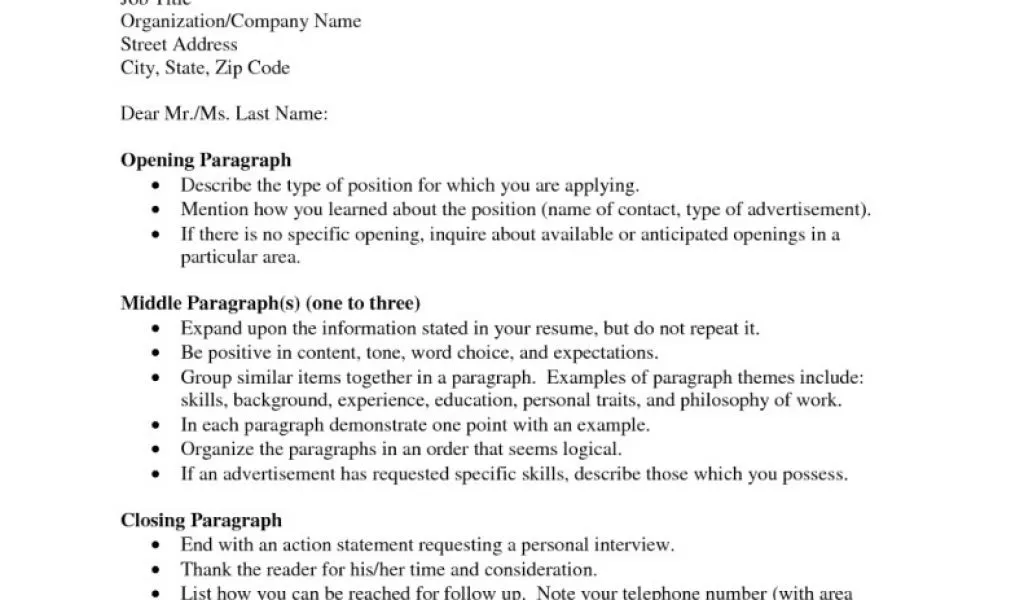What is a Resume Cover Letter?
A resume cover letter is a crucial document that accompanies your resume when applying for a job. It serves as a personalized introduction, allowing you to elaborate on your qualifications, skills, and experiences, and to express your interest in the specific position and the company. Unlike the resume, which provides a brief overview of your professional history, the cover letter offers an opportunity to tell a story and demonstrate how your unique background aligns with the job requirements. It’s your chance to make a strong first impression and persuade the hiring manager to review your resume more closely. A well-crafted cover letter can significantly increase your chances of getting an interview, making it a vital part of your job application strategy.
The Purpose of a Cover Letter
The primary purpose of a cover letter is to introduce yourself and your interest in a specific job, but it serves several other important functions as well. First, it provides context to your resume by highlighting the skills and experiences most relevant to the position. Second, it demonstrates your understanding of the company and the role, showing that you have done your research and are genuinely interested in the opportunity. Third, it allows you to showcase your personality and communication skills, which can help you stand out from other applicants. By effectively communicating your value proposition, a cover letter convinces the hiring manager that you are a strong candidate and encourages them to delve deeper into your qualifications as detailed in your resume. Ultimately, the cover letter aims to secure you an interview.
Key Components of a Cover Letter
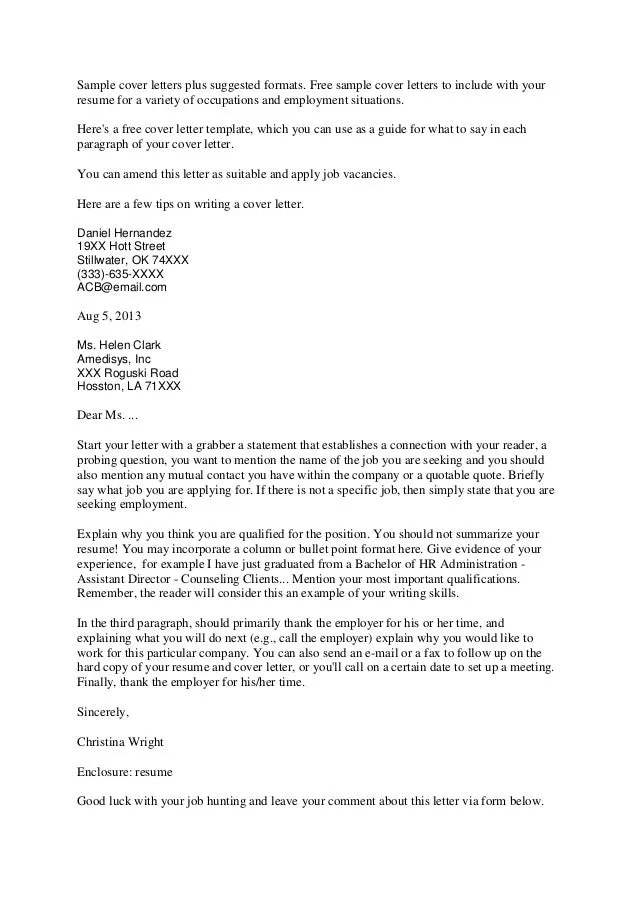
A well-structured cover letter typically includes several key components. These components work together to present a compelling narrative of your skills, experiences, and enthusiasm for the job. The contact information and date establish a professional tone and provide the employer with the means to reach you. The opening paragraph grabs the reader’s attention and clearly states the position you are applying for. The body paragraphs highlight your relevant skills and experiences, demonstrate your value to the company, and tailor your qualifications to the specific job requirements. The closing paragraph expresses your enthusiasm and interest in the opportunity, while the call to action encourages the employer to take the next step, such as scheduling an interview. Each component contributes to the overall impact of your cover letter and your chances of success.
Contact Information and Date
At the top of your cover letter, include your contact information. This typically includes your full name, address, phone number, and email address. Make sure your email address is professional. The date is essential, as it helps the employer know when the cover letter was written. This information is usually left-aligned at the top of the document. Below your information, include the date you are submitting the letter. Following this, include the hiring manager’s name, if known, their title, and the company’s address. Ensuring accurate and current contact information is critical for the employer to reach you easily. This shows your professionalism and attention to detail. Double-check all information before sending it to avoid any errors that could hinder communication.
The Introduction or Opening Paragraph
The introduction or opening paragraph is your first chance to grab the hiring manager’s attention. It should clearly state the position you are applying for and how you learned about the opportunity. Briefly mention your most relevant qualifications or experiences that align with the job requirements. You can also express your enthusiasm for the company or the industry to show your genuine interest. Keep the introduction concise and engaging, aiming to hook the reader’s interest from the start. This is the section where you set the tone for the rest of your letter and encourage the hiring manager to read on. Avoid generic introductions; instead, personalize it to make it resonate with the specific job and company.
Highlighting Relevant Skills and Experience
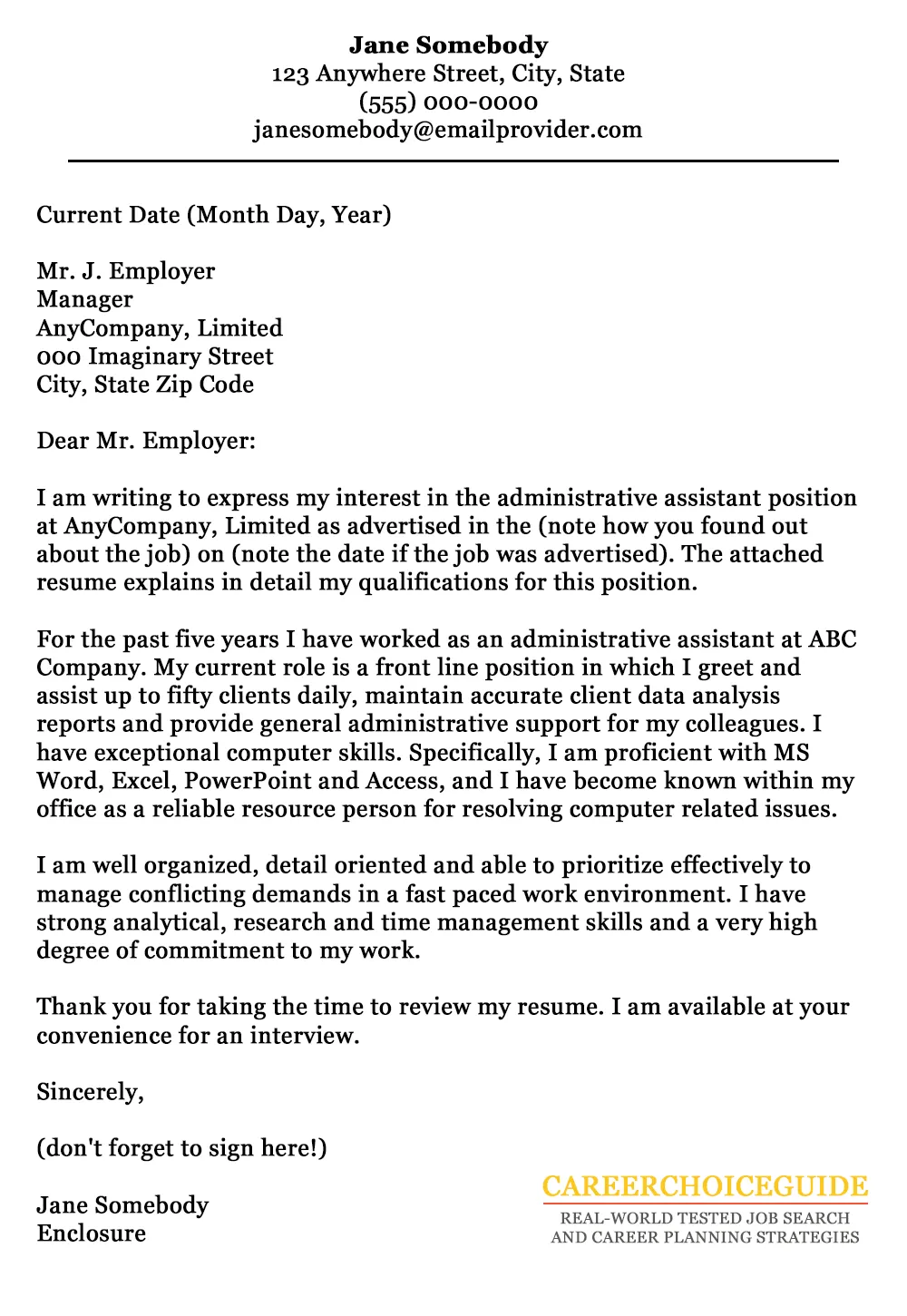
In the body paragraphs, focus on highlighting the skills and experiences most relevant to the job requirements. Review the job description carefully and identify the key qualifications the employer is seeking. Then, provide specific examples from your past experiences that demonstrate your ability to meet those requirements. Quantify your achievements whenever possible by including measurable results and data. This will provide a stronger impression. For example, instead of saying “managed projects”, you can state “managed multiple projects simultaneously, delivering them on time and under budget.” This allows the employer to easily see the impact of your work. Tailor this section to each job application. Your goal is to show the employer that you have the necessary expertise to excel in the role.
Demonstrating Your Value to the Company
Beyond highlighting your skills and experience, it is important to demonstrate your value to the company. Explain how your qualifications align with the company’s needs and how you can contribute to its success. Show that you understand the company’s mission, values, and goals, and explain how your skills can help them achieve these. Research the company thoroughly to tailor your letter. Highlight specific projects, initiatives, or accomplishments that demonstrate your ability to solve problems, improve processes, or generate results. Focus on what you can offer, emphasizing the benefits of hiring you. This section is all about connecting your skills and experiences to the company’s needs and demonstrating why you are the ideal candidate. Make sure your value is clear and that you are demonstrating why you stand out among other candidates.
Tailoring Your Cover Letter to the Job
A generic cover letter won’t make a good impression. Tailoring your cover letter to each job application is crucial. Customize it to match the specific requirements and expectations outlined in the job description. Research the company, understand its culture, and highlight the aspects that resonate with you. Avoid using a one-size-fits-all approach. Instead, customize your letter to demonstrate your genuine interest in the specific role and company. Use keywords from the job description, and adapt your skills and experiences to align with their needs. This demonstrates that you understand the role and have taken the time to present yourself as the perfect fit. A tailored cover letter shows that you care and are dedicated to the opportunity.
Expressing Enthusiasm and Interest
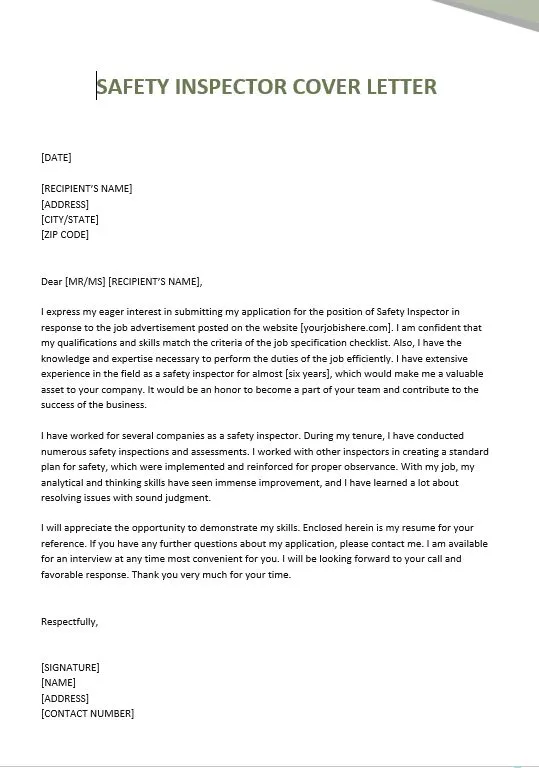
It’s important to express your enthusiasm and genuine interest in the position and the company. This can be done throughout the cover letter, starting with the opening paragraph and continuing to the closing. Explain why you’re excited about the opportunity. Show that you understand the company’s mission and values, and express your desire to contribute. This shows that you’re motivated and will be a valuable asset. Share any relevant information that shows you are passionate about the industry or the company’s work. Your enthusiasm can make you stand out from other candidates and leave a lasting impression on the hiring manager.
The Closing Paragraph or Call to Action
The closing paragraph should reiterate your interest in the position and thank the reader for their time and consideration. Clearly state your desire for an interview and provide your contact information. Reiterate your enthusiasm for the job and your belief that you’re a good fit for the role and company. Encourage the hiring manager to take the next step. For example, you can end with “I am eager to discuss how my skills can benefit your team. Thank you for your time and consideration. I look forward to hearing from you soon.” This proactive approach shows your commitment to the opportunity and makes it easy for the employer to move forward with your application. Always express gratitude and a call for the next step.
Formatting and Proofreading Tips
Pay attention to the formatting and proofreading of your cover letter. Use a clear, professional font and maintain consistent formatting throughout the document. Keep the letter concise and easy to read. Ensure that the letter is free of grammatical errors, typos, and spelling mistakes, as these can reflect poorly on your attention to detail. Proofread carefully and consider asking someone else to review your letter for any errors you may have missed. Ensure correct grammar and punctuation. A well-formatted and error-free cover letter demonstrates your professionalism and increases your chances of making a positive impression. Take the time to refine and proofread your letter to ensure you put your best foot forward. Proofreading is vital; it shows respect to your reader.
Cover Letter Examples and Templates
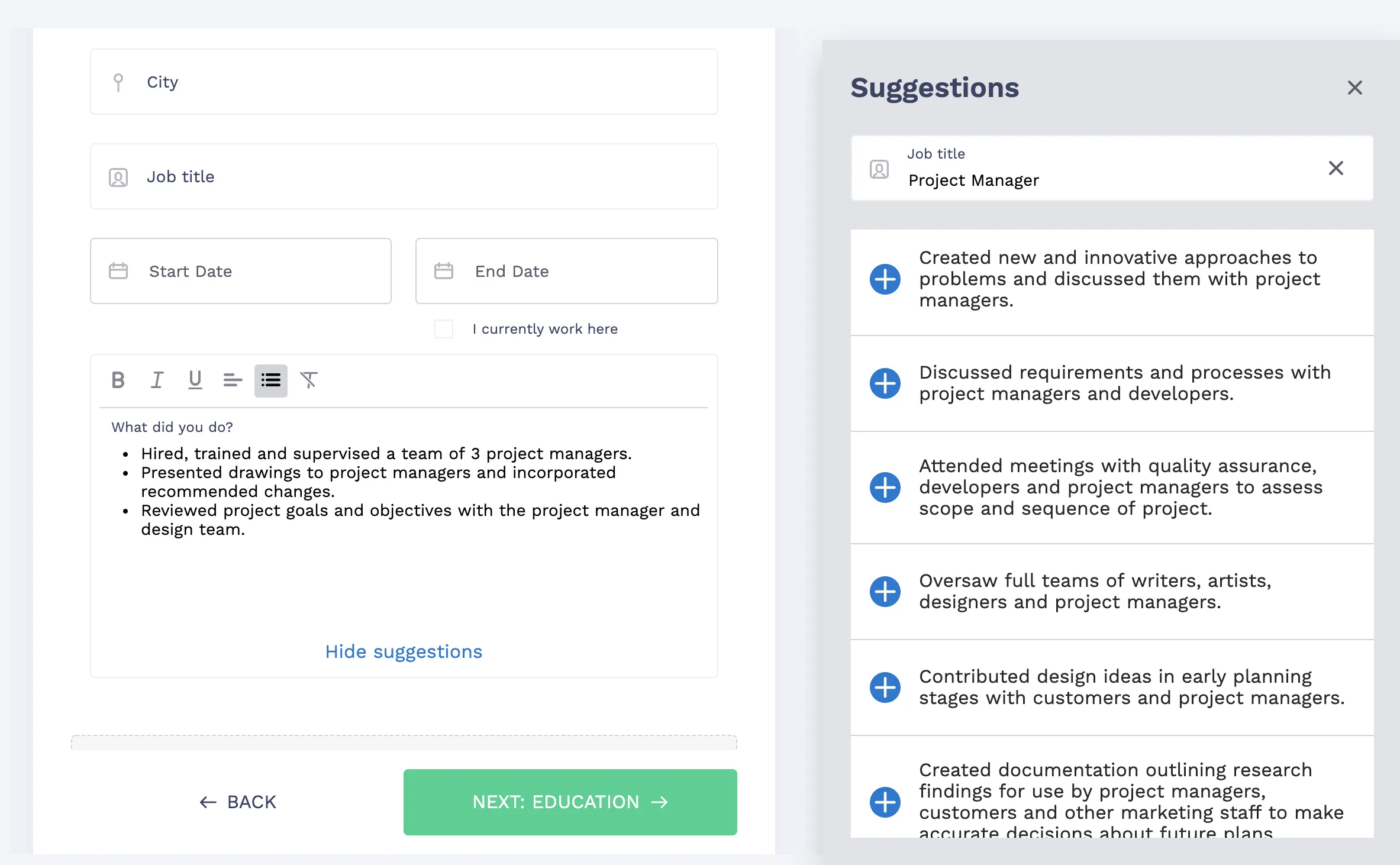
Using cover letter examples and templates can be incredibly helpful in creating your own. These resources provide a framework to understand the standard structure, language, and style of effective cover letters. Search online for cover letter examples tailored to your industry or the specific roles you are applying for. These samples can inspire you. Use these templates as a starting point, and then personalize them to reflect your unique skills, experiences, and the specific requirements of each job. The goal is to get an understanding of what works. There are various templates available. Remember to adapt any template to accurately reflect your skills and experiences and show that you are a perfect fit. These resources should be used as a guide to help you craft your own persuasive cover letter.
Common Mistakes to Avoid in a Cover Letter
There are several common mistakes to avoid in a cover letter to ensure it makes a positive impression. Avoid generic or boilerplate language, as it can come across as insincere. Don’t simply repeat information from your resume; use the cover letter to provide additional context and highlight relevant skills and experiences. Don’t include negative information about previous employers or jobs. Always tailor your cover letter to each specific job, and avoid sending a generic letter. Ensure that your cover letter is free of grammatical errors and typos. Proofread it carefully before submitting it. By avoiding these common mistakes, you can significantly improve the effectiveness of your cover letter and increase your chances of landing an interview. Pay attention to detail, and ensure your cover letter makes a strong case for why you are the perfect candidate.
